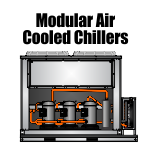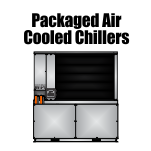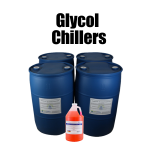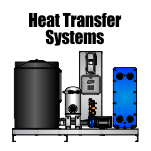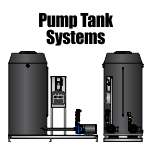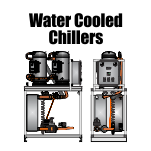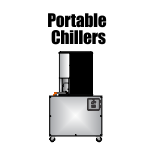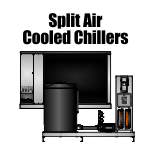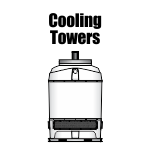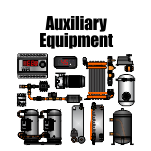Cold Plunge Chillers
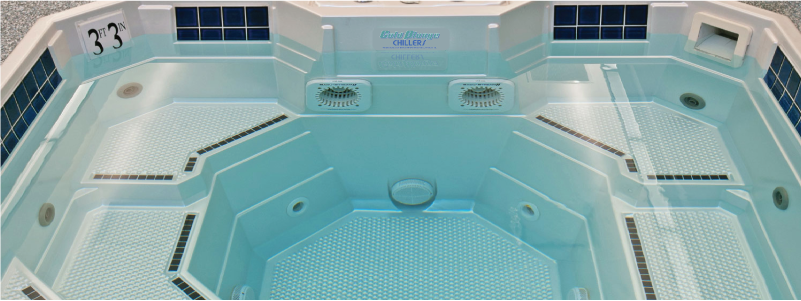
Cold Plunge Spa Chillers are used for rehabilitation purposes after a workout typically. The chilled water reduces inflammation and improves healing time of muscles, tendons, and injuries. Chiller systems can be packaged units installed outdoors or on the roof. On the contrary, a split chiller system can be utilized with the only drawback being plumbing copper lines to and from the remote condensing unit. If salt water will be used in the spa or cold plunge, then a cupre nickle evaporator or titanium plate and frame heat exchanger will be used. Contact WPI today to get a quote on a chiller system

Application Description:
After Exercise Ice Bath – Does It Help Recovery?
Taking an after exercise plunge in an ice water bath (a tub of 12 to 15 degrees Celsius ice water) is a common practice among many elite athletes as a way to recover faster, and reduce muscle pain and soreness after intense training sessions or competitions. From elite runners like Paula Radcliff to nearly all professional rugby players, the ice bath is a standard practice routine.
In addition to the ice bath, some athletes use and contrast water therapy (alternating between cold water and warmer water) to get the same effect.
So, what’s behind the ice bath and does it really work?
The Scientific Theory
The theory behind ice baths is related the fact that intense exercise actually causes microtrauma, or tiny tears in muscle fibers. This muscle damage not only stimulates muscle cell activity and helps repair the damage and strengthen the muscles ( muscle hypertrophy), but it is also linked with delayed onset muscle pain and soreness (DOMS) , which occurs between 24 and 72 hours after exercise.
The ice bath is thought to:
· Constrict blood vessels and flush waste products, like lactic acid, out of the affected tissues
· Decrease metabolic activity and slow down physiological processes
· Reduce swelling and tissue breakdown
Then, with rewarming, the increased blood flow speeds circulation, and in turn, improves the healing process. Although there is no current protocol regarding the ideal time and temperature for cold immersion routines, most athletes or trainers who use them recommend a water temperature between 12 to 15 degrees Celsius and immersion times of 5 to 10 and sometimes up to 20 minutes.
So, while that’s the theory behind the cold water immersion for exercise recovery, conclusive research about the pros, cons and ideal time and temperatures is still a ways off.
The Scientific Research
Of the studies that have looked at the effects of ice baths, cold water immersion and contrast water therapy on exercise recovery and muscle soreness, most offer inconclusive or contradictory findings. One study from the July 2008 issue of the International Journal of Sports Medicine found cold water immersion and contrast water therapy may help recovery from short maximal efforts, or during events like stage races where athletes repeat high-intensity efforts on successive days. In this study, researchers had cyclists complete a week of intense daily training routines. After each workout, they used one of four different recovery methods and took nine days off between each week of workouts.
The four recovery methods included:
1. Immersion in a 15 degree C (59 degree F) pool for 14 minutes;
2. Immersion in 38 degree C (100.4 degree F) water for 14 minutes;
3. Alternating between cool and hot water every minute for 14 minutes;
4. 14 minutes of complete rest.
They reported that the cyclists performed better in the sprint and time trial after cool water immersion and contrast water therapy, but their performance declined with both hot water baths and complete rest. Another study published in the 2007 British Journal of Sports Medicine found that ice-water immersion offered no real benefit and, in fact, may increase post-exercise muscle soreness after heavy weight training. In this study the researchers compared 1-min immersions in either an ice bath (5 degrees Celsius) or a tepid bath (24 degrees Celsius) following an intense workout.
They found that the athletes who used the ice baths reported no difference in physical pain measurements such as swelling or tenderness. The athletes did, however, report more leg pain the following day, when going from a sitting to a standing position than those who had the tepid water bath treatment. According to the researchers, “Ice-water immersion offers no benefit for pain, swelling, isometric strength and function, and in fact may make more athletes sore the next day.”
In 2007, a study from the Journal of Strength and Conditioning Research looked at the effect of contrast water therapy on delayed onset muscle soreness after intense leg press exercise. They found a smaller reduction, and faster restoration, of strength and power in athletes using contrast water therapy than those using passive recovery.
Real World Recommendations
It’s clear that more research is needed before a real conclusion can be made, but so far the information that is available indicates the following:
· Cold water immersion after a hard workout won’t hurt and may, in fact, help recovery.
· Alternating Cold water and warm water baths (contract water therapy) may also help athletes recover.
· Ice baths are not necessary; cold water baths (24 degrees Celsius) are as good and perhaps better, than ice baths.
· Active recovery may be as good as cold water immersion for exercise recovery.
· Passive recovery is not an effective way to recover.
· Hot baths after hard exercise may decrease recovery time.
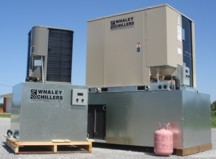 Packaged Chillers Non-expandable (integrated pump tank) 1.5Ton – 20Ton Single / Dual Circuits Single / Dual Pumps |
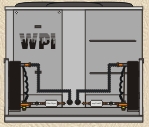 SAE Series Modular Chillers Expandable (pump & tank on separate skid) 1.5Ton – 200Ton Single / Dual Circuits |
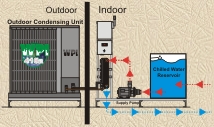 SAR Series Split Chillers Expandable (Outdoor Condensing Unit) (pump, tank, evaporator on indoor skid) 1.5Ton – 200Ton Single / Dual Circuits |







